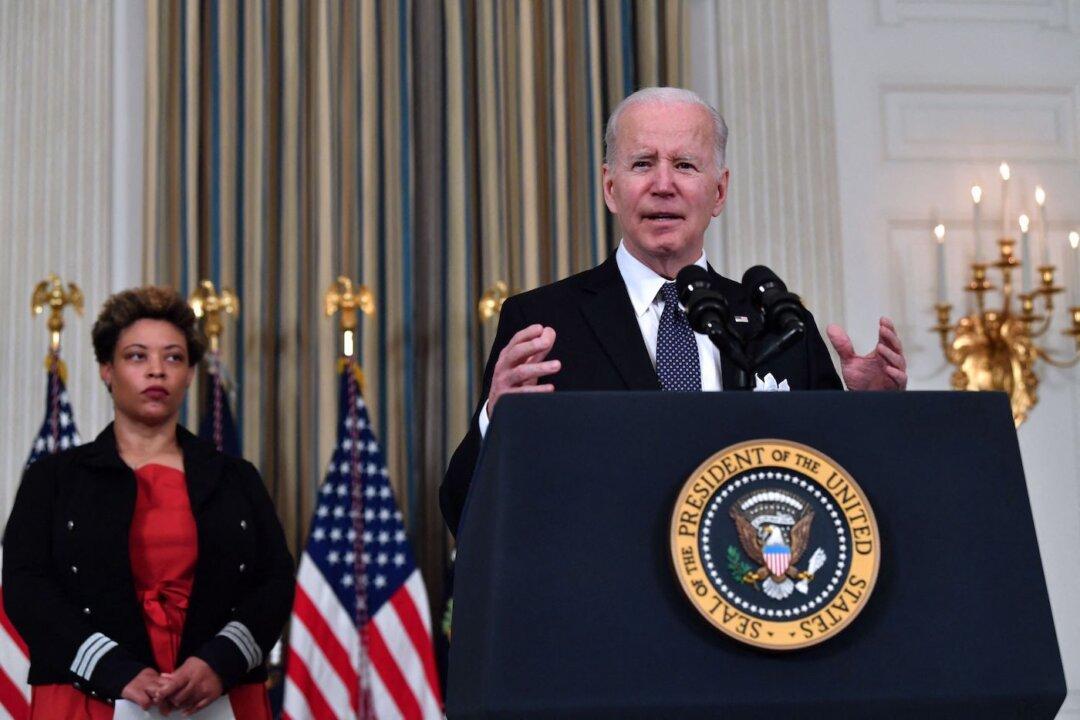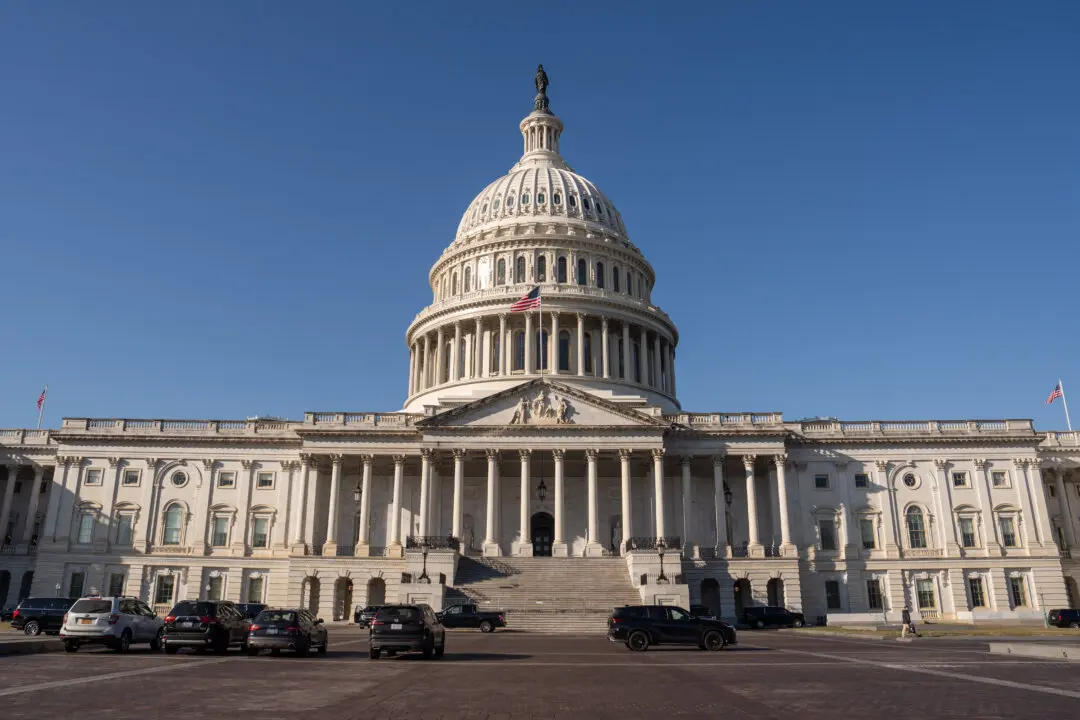President Joe Biden’s proposed $813 billion national security spending request to Congress includes $773 billion in direct allocations for the U.S. military with significant boosts in funding designed to counter the growing military threat in the western Pacific presented by the People’s Republic of China (PRC).
“This will be among the largest investments in our national security in history. Some people don’t like the increase, but we’re in a different world today,” Biden said Monday while introducing his proposed $1.58 trillion fiscal year 2023 budget plan.





